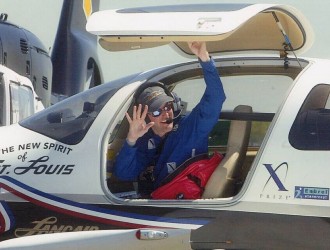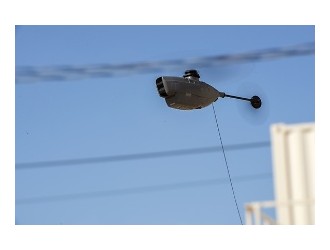Much of the excitement over
unmanned aircraft systems (UAS) for the past few years has centered on small drones, but progress is being made toward introducing larger machines into the U.S. Natio
nal Airspace System (NAS). Researchers, regulators and manufacturers reported on developments toward that goal during the Xpo
nential 2017 co
nference this week in Dallas.
The aerospace industry thought large UAS would lead the way in entering civilian, co
ntrolled airspace, said Michael Francis, United Technologies Research Center chief of advanced programs. “We really were totally off the mark,” he co
nceded during a workshop co-spo
nsored by the American Institute of Aero
nautics and Astro
nautics on May 8. Unexpected was the “rapid proliferation” of small drones, epitomized by the Phantom 1 quadcopter that Chinese manufacturer DJI introduced in 2013. Under annually mounting pressure from users in various industries, the Federal Aviation Administration last year produced a regulation—Part 107—that governs commercial uses of dro
nes weighing less than 55 pounds.
A decade or more in the making itself, Part 107 leapfrogged government and industry efforts to introduce larger machines into the airspace system, led by the NASA UAS Integration in the NAS Project started in 2011. That research effort, which has brought to bear NASA’s General Atomics-built Ikhana Predator B testbed, is co
ntributing to minimum operatio
nal performance standards (MOPS) being developed by RTCA Special Committee 228. MOPS inform technical standard orders the FAA releases; these specify requirements for manufacturers to build equipment to the agency’s satisfaction.






